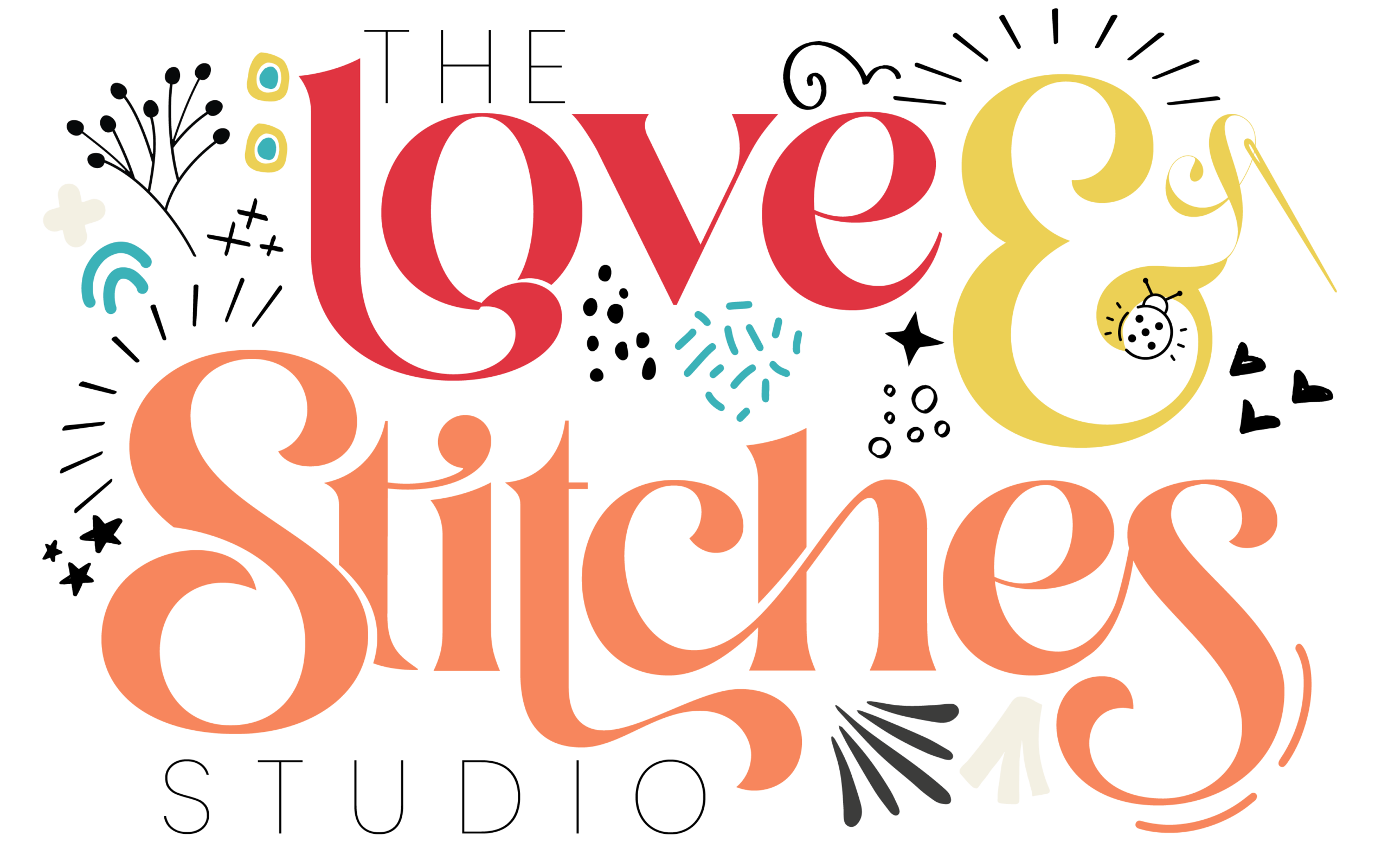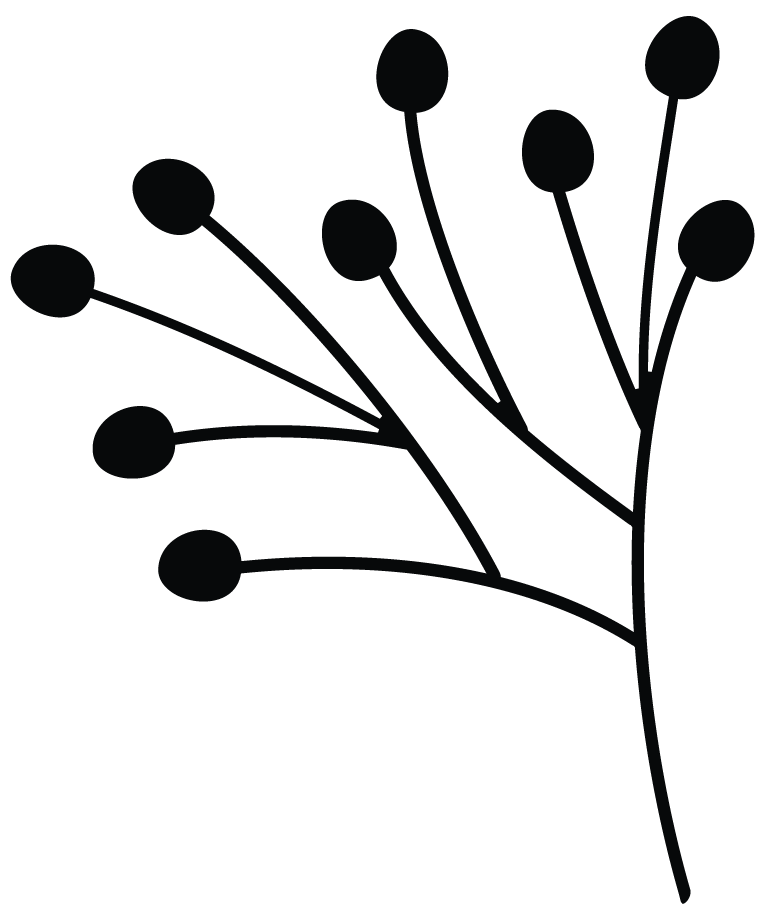One of the questions that I get asked most is: What sewing machine should I get?
And what I’ve realised over the years is that there isn’t a one size fits all answer. Deciding what sewing machine to buy is as wide and varied and personal as deciding which car to buy.
But what I can do, is give you some pointers on what to look out for, and some questions to ask yourself to help you understand what you need.
Budget
Decide how much you can afford to spend. See if you can borrow a machine before you make a decision.
Obviously budget is a major consideration. Sewing machines start from around £80 to £1000’s. With my students, what I find is that when they start out with the most budget machines they very quickly outgrow their machine and want to upgrade.
The sewing machines that we use in class are Janome Sewist 725s (pictured above). These are great machines and currently retail at £329. They have enough functions that improve the dressmaking experience without overwhelming a beginner. Although I know there was a sort supply of these machines during 2020, it appears stock levels have now returned to some normality.
Automatic Needle Threader
This is a “nice to have” rather than an essential, but if you struggle to thread a needle then this feature could be a game changer for you!
Toploader
A toploading bobbin that you simply drop into the machine from the top as pictured below is much easier than a front loading bobbin. Which has to be placed into a metal bobbin case before inserting into the machine.

A toploader is less fiddly and you can easily see through the little plastic window how much thread is left on your bobbin.
How many stitches?
Do you need 200+ different stitches? Probably not.
Most people who own machines with lots of stitches say they probably use the same 5 or 6 stitches for around 95% of their sewing. You’re paying for stitches you’ll never use.
The stitches I regard as essential are:
- Straight stitch (with the function to vary the stitch length)
- Zig zag stitch (with the function to vary the stitch length and width)
- Tricot stitch or 3 step zig zag
- Stitches for stretch fabrics – either the triple stretch stitch or the lightning stitch
Automatic Buttonhole
There are 2 types of buttonhole functions on modern sewing machines. An automatic (or one step) buttonhole and a 4 step buttonhole.
A one step buttonhole automatically creates a buttonhole of the correct length and will sew all four parts in one function. Whereas with a 4 step buttonhole, you need to measure and mark the length of your buttonhole on the fabric and move a dial on your machine for each of the 4 separate parts.
The automatic buttonhole function makes getting consistent buttonholes much easier.
I demo the automatic buttonhole function on the Janome 725s Sewing Machine.
Speed Control
Most computerised machines now have a speed control. Beginners can find it more difficult to control the speed with the foot pedal. Although if you can drive you’ll probably do this more easily than non-drivers.
Being able to slow your machine right down is a bonus when your first starting out or are trying trickier techniques.
Many of these machines will also have a start/stop button that you can use rather than the foot pedal. However I recommend using the foot pedal rather than the start/stop button if you can as this frees up both hands at crucial times when you will need them. Using 2 hands on the fabric can really help to grow your fabric handling skills.
Try before you buy
If possible go to your local stockist and try some machines before you buy. That way you will know which sewing machines will suit you best.
Love & Stitches
Alison xx
*This post contains affiliate links, which means if you purchase through that link, I get a small percentage of your purchase, helping to support a small business.


